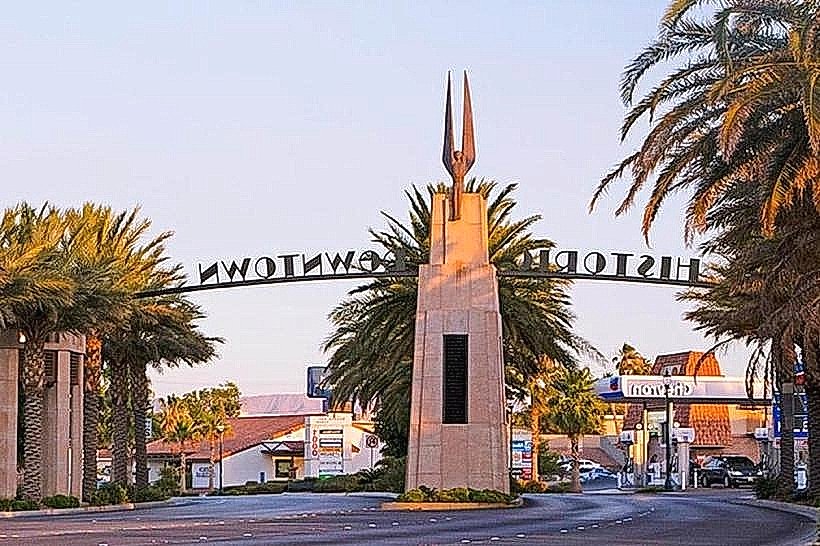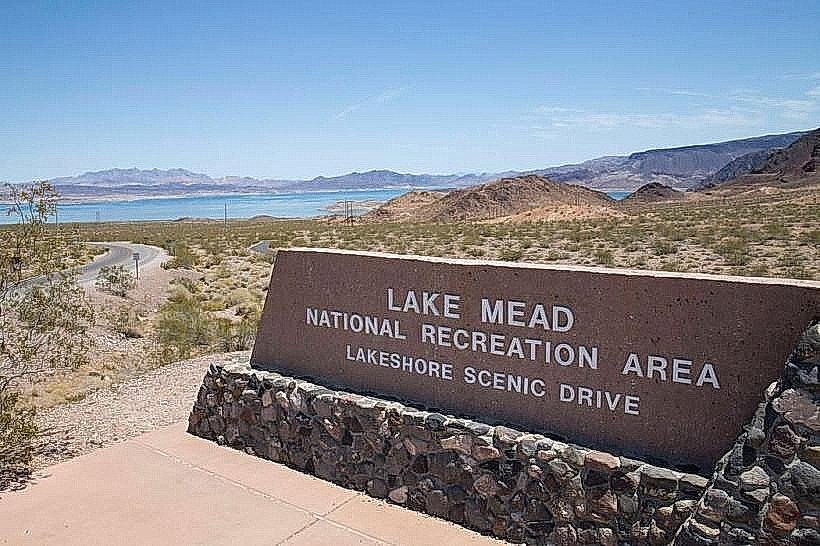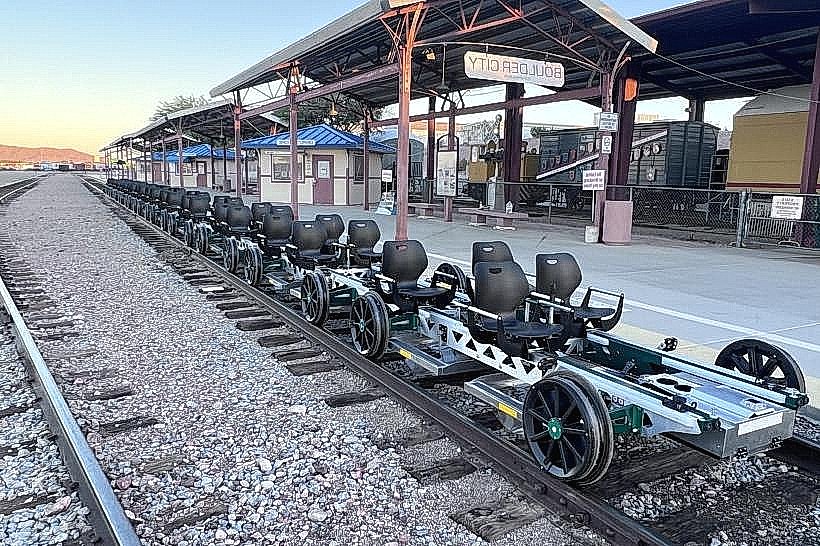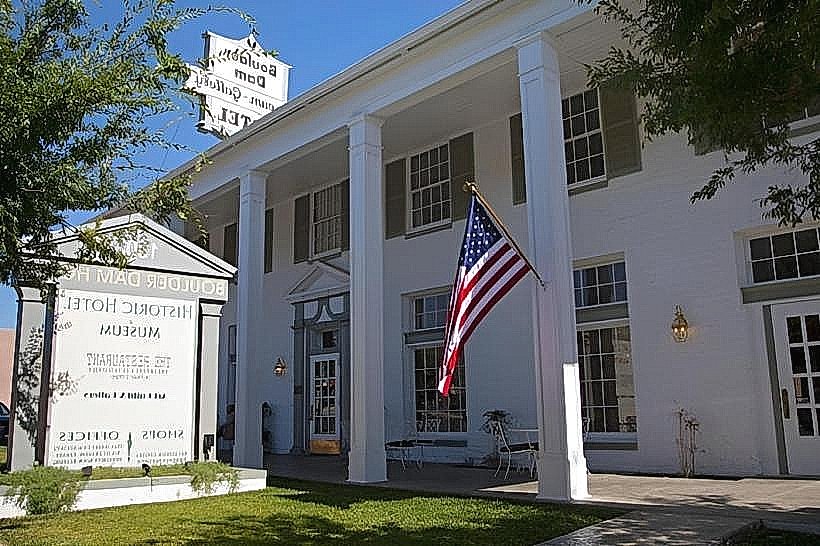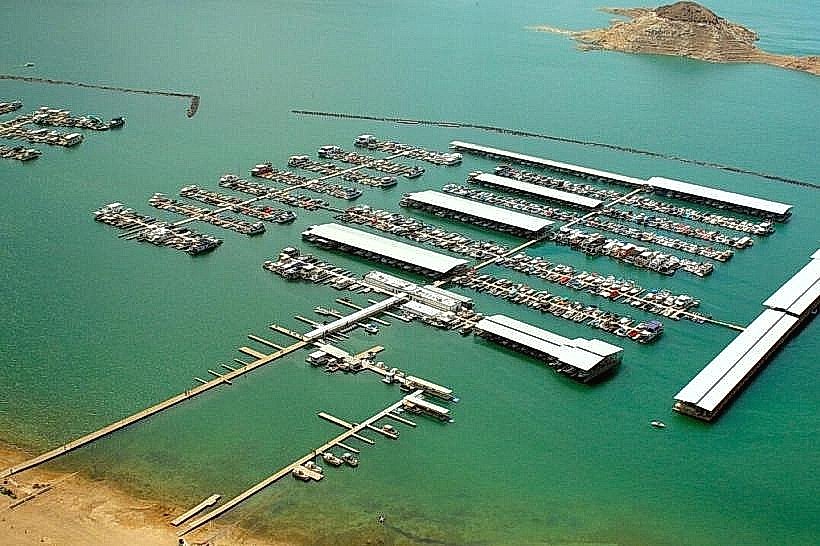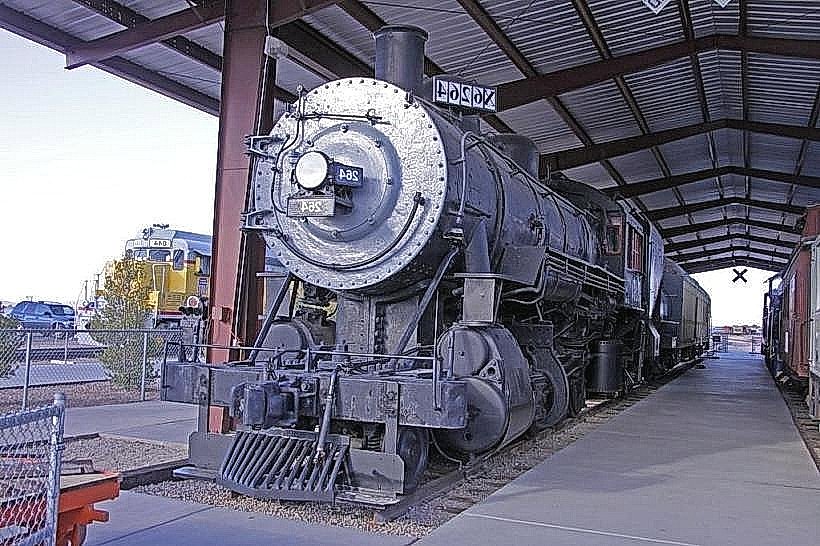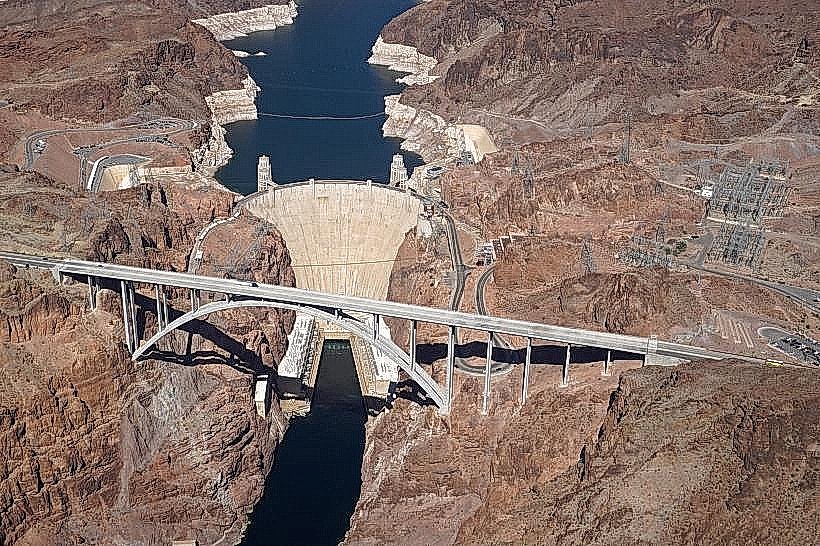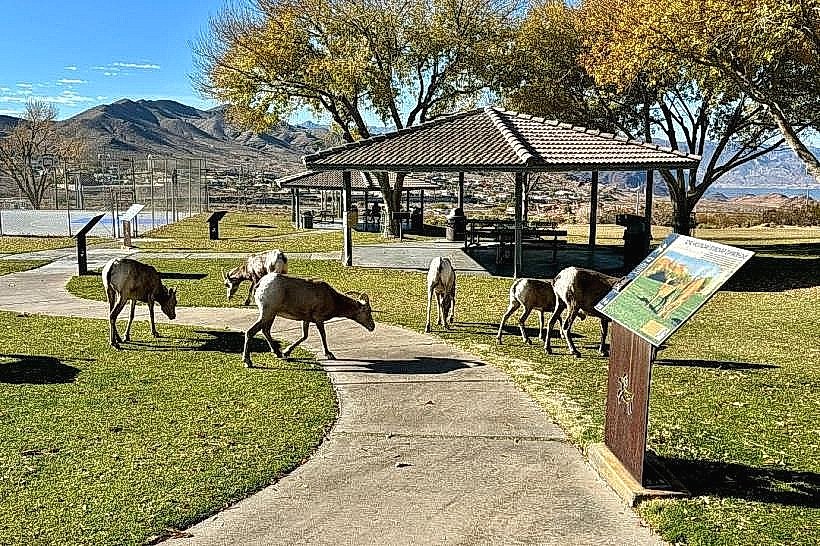Information
Landmark: Hoover DamCity: Boulder City
Country: USA Nevada
Continent: North America
Hoover Dam, Boulder City, USA Nevada, North America
Overview
Hoover Dam, located on the border of Nevada and Arizona near Boulder City, is one of the most iconic engineering landmarks in the United States, not only that completed in 1936, it stands as a monumental feat of construction, providing water management, hydroelectric power, and a symbol of American ingenuity during the Great Depression.Location and Setting Hoover Dam spans the Black Canyon of the Colorado River, connecting Nevada’s Boulder City area with Arizona’s desert landscape, therefore the dam creates Lake Mead, the largest reservoir in the United States by volume, which serves as a critical water source for southern Nevada, Arizona, California, and northern Mexico.The surrounding terrain is stark and dramatic, with rugged canyon walls, desert plains, and distant mountain ranges framing the colossal structure, and design and Engineering Hoover Dam is a concrete arch-gravity dam, measuring 726 feet tall and 1,244 feet long at its crest.Its construction involved: Massive concrete pours: Over 3.25 million cubic yards of concrete were used, cooled by an innovative system of embedded pipes to prevent cracking, and power generation: The dam’s hydroelectric plant contains 17 generators, producing up to 2,080 megawatts of electricity that supplies millions of homes across the region.Spillways and flood control: Twin spillways manage excess water flow, protecting the structure and downstream communities during periods of high river levels, not only that the dam’s engineering reflects a combination of functional precision and Art Deco aesthetic, with streamlined architectural elements, decorative towers, and intricate metalwork enhancing its visual impact.Visitor Experience Hoover Dam is a major tourist attraction offering multiple ways to explore and understand its significance: Visitor Center: Features interactive exhibits, historical photographs, and educational displays about the dam’s construction, purpose, and environmental impact, along with guided tours: Provide access to the powerplant floor, intake towers, and service tunnels, giving visitors an inside glance at the massive infrastructure.Observation points: Walkways along the dam crest and nearby overlook areas allow panoramic views of the dam, Lake Mead, and the surrounding desert canyons, along with photography: Early morning or late afternoon light highlights the contrast between concrete surfaces, deep canyon shadows, and the vivid blue of Lake Mead, mildly Visiting the dam offers both awe-inspiring visuals and a sense of the human scale required to complete such a monumental project, also cultural and Historical Significance Hoover Dam was constructed during the Great Depression, providing thousands of jobs and representing a triumph of American engineering and determination, roughly Named after President Herbert Hoover, it symbolizes federal investment in infrastructure and resource management, while the dam has influenced regional development, supporting urban growth in Las Vegas and Phoenix, and enabling large-scale agriculture in the Southwest.Atmosphere The atmosphere at Hoover Dam is majestic and commanding, along with the combination of sheer concrete walls, rushing water, and expansive views creates a sense of scale that is almost overwhelming.Interestingly, Visitors often feel a mixture of wonder at the human achievement and reverence for the natural forces harnessed by the structure, at the same time the desert sun, the sound of flowing water through spillways, and the wind sweeping across the canyon all contribute to the immersive sensory experience.Closing Impression Hoover Dam is not only an engineering marvel but also a symbol of innovation, resilience, and human ambition, what’s more its massive scale, historical significance, and scenic surroundings make it one of Nevada’s most compelling landmarks, drawing millions of visitors who come to witness the intersection of natural beauty, technical mastery, and historical legacy.
Author: Tourist Landmarks
Date: 2025-10-09

